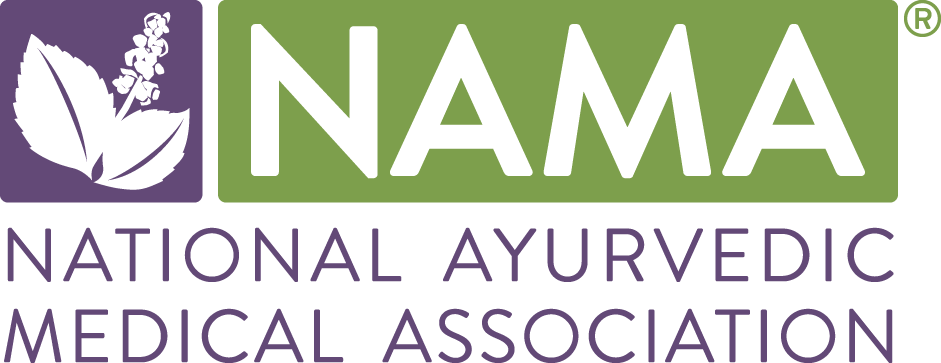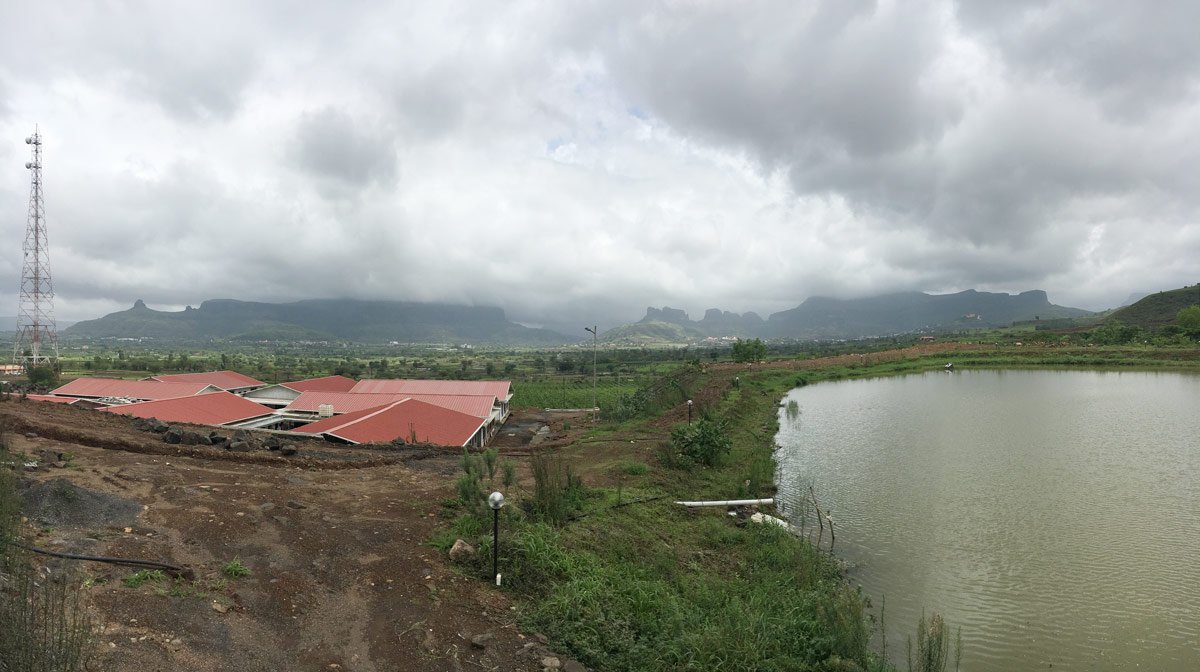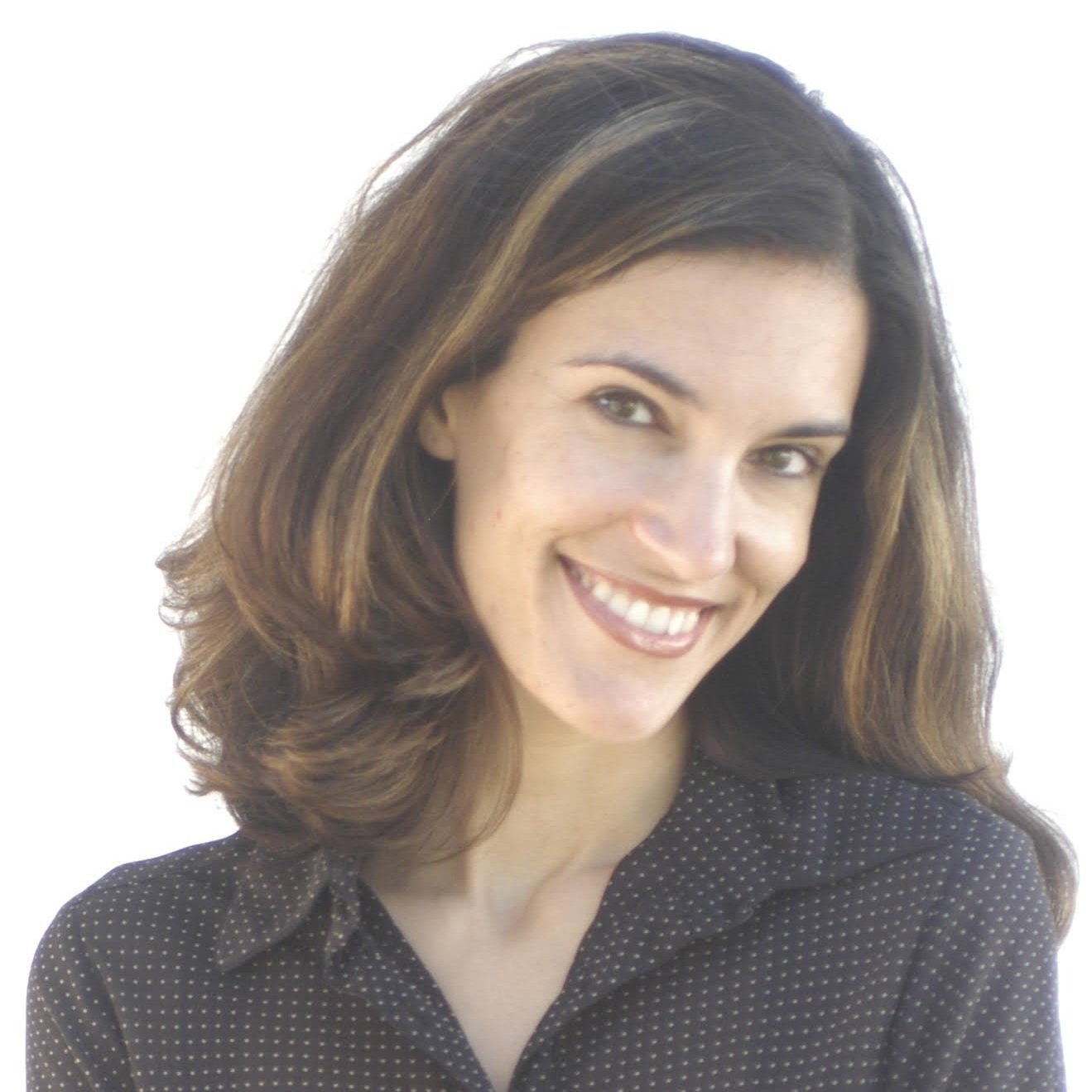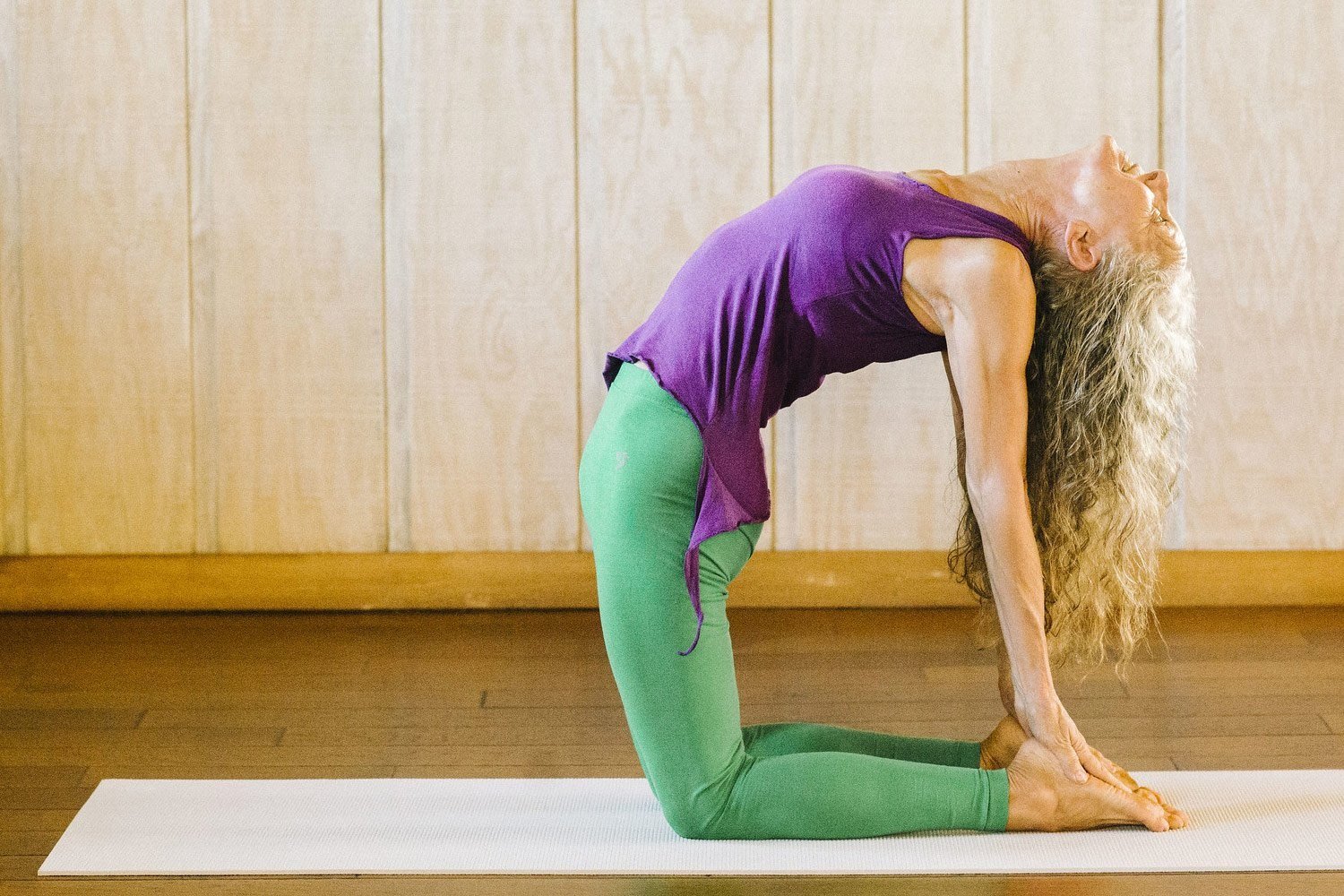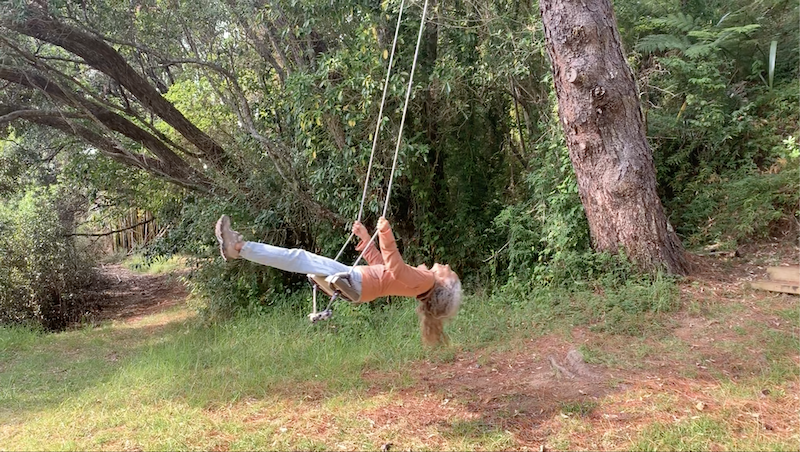One of the foremost leaders in the field of Ayurveda, Dr. Anu is helping to grow and expand global awareness of Ayurveda. I sat down with her in February to discuss her inspiring travels around the world.
In October 2019 Dr. Anu traveled to China for the World Traditional Medicine Forum. Here is a brief description of her time there.
I was honored to receive an invitation to participate in the Shanghai Forum for World Traditional Medicine as a representative from the field of Ayurveda. Experts from Germany, Japan, Thailand, the USA, China, Australia, Malaysia, and Sri Lanka, along with three international organizations, were there to discuss the latest developments in traditional medicine and international standardization of traditional complementary medicine in their home countries and their region of the world. During the last part of the trip, I had the opportunity to visit a few temples in Shanghai. These experiences made my time in China very special.
What did you find most interesting about the forum?
[I was very amazed ] by the progress of traditional medicine in other countries. It was interesting to learn how these traditional healing arts are practiced in some of these countries and how they have been integrated into the main healthcare system. I was proud to represent Ayurveda at this conference. We are also at the forefront of this resurgence of traditional medicine. Ayurveda is one of the oldest medical systems in the world and a fully developed approach to healthcare in India, and it has been growing globally over the past few decades.
What were your takeaways from the forum?
Understanding how other systems of medicine, like Chinese Medicine, have gained acceptance worldwide helps me envision how Ayurveda can achieve the same. The biggest difference with Chinese Medicine is that Chinese scientists have been successful in promoting its practice with evidence-based research, while Ayurveda is still in the process of doing so. We need to conduct more pharmacoepidemiological studies documenting the safety and effectiveness of Ayurvedic medicine. Different systems of medicine can learn how to progress and grow from each other.
You have also traveled to Japan; can you tell me about that?
Since few years, I have been travelling to Japan to give a talk at Japan school of Ayurveda and this time I also got the invitation to give a lecture organized by Tokyo University, and Nihon Pharmaceuticals university. While I was there, I also taught an introduction to Ayurveda at a yoga center. Ayurveda is gaining popularity in Japan. Its educational aspect is the primary focus of interest in that country. Over the last 10–20 years, a few clinics in other healthcare modalities have introduced Ayurvedic approaches to wellness. It is very interesting to see that few Ayurvedic research studies were also conducted there. Since aging populations are a major concern in Japan, medical providers there are more interested in the practical application of Ayurvedic strategies for preventing disease and optimizing health.
Can you tell me about your participation in the World Health Organization’s benchmark development meeting?
It was a great honor to be part of the World Health Organization meeting on benchmarking documents for the practice of Ayurveda, Panchakarma, and Unani. There were 53 members from different countries who participated in this meeting. I truly enjoyed working with this team, and I am so proud to see the growth of Ayurveda globally!
The WHO is currently taking an active role in developing global training, practice, and educational standards for Ayurveda, and I was glad to be able to represent the U.S. in discussions toward that end.
To what do you attribute the current surge in interest in establishing global standards for Ayurveda?
The Indian Government is putting a lot of effort into the development and growth of Ayurveda worldwide. In India, AYSUH is collaborating with the WHO to establish consistently rigorous standards for Ayurveda practice and education globally. I believe that we are on the right path, though it may take some time to develop and implement these standards. Once our profession is firmly grounded in standards that ensure the safety, quality, and effectiveness of our services, Ayurveda will gain increased acceptance and respect around the world .
What are your goals for the future of Ayurveda?
My dream is to see Ayurveda as a mainstream practice in U.S. Though this may take time, we need to start doing groundwork for this. I believe that this ancient medicine has so much value. It is a time-tested medicine practiced for thousands of years. Recent studies in modern medicine indicate the importance of diet, sleep, and exercise for health promotion and disease management, a concept that emerged thousands of years ago in Ayurveda. Ayurveda is a complete science, but it is not yet very well known to the world, so we have to educate others about this profound healing science of life—Ayurveda.
Do you have any advice for new practitioners?
It can be overwhelming when you are starting out, because of the need to master the specific language, terminology, and extensive knowledge base of Ayurveda. In the U.S. the number of educational hours required for graduation from Ayurvedic programs is increasing, and this is very important and good for the students. Do not give up; have commitment to and a passion for learning Ayurveda. Practice in a genuine way, without relying on shortcuts. Our profession is growing with more and more clients seeking care from Ayurvedic professionals. Protect the profession while practicing and teaching. Strict ethical standards need to be followed. Understand your limitations and the scope of your practice, pursue continuing education, and read the classical texts. I also feel that we need to learn to speak in a shared language that makes Ayurveda understandable to everyone. Ayurveda is a patient-centered, customized approach to healthcare for individuals and families, as well as an all-encompassing way of life. The unique value of Ayurveda lies in consciousness-based practices that nurture health in body, mind, and spirit and that promote balance in every aspect of our life. A balanced and peaceful state of mind is a key aspect of well-being. Ayurveda has taught me to value community, family, relationships, love, compassion, and peace. Its lessons inform my belief that we must all join hands with each other because our future depends on a community that stays together. A strong, united community will guide the mission, vision, and growth of Ayurveda.
Your work is currently receiving international recognition. Which awards have meant the most to you?
I am extremely honored and humbled to have received the Sheikh Zayed International Award for Ayurveda in Abu Dhabi. This award bears the name of late Sheikh Zayed bin Sultan Al Nahyan, the founder of the United Arab Emirates (UAE) and a visionary statesman who dedicated his life to laying a solid foundation for a progressive society that benefits everyone. The award aims to create, recognize, and reward excellence in traditional, complementary, and alternative medicine.
The APHA ICTHP service award for outstanding leadership, service, and dedication to integrative complementary and traditional health practices also means a great deal to me.
Another award that I cherish came from the SoCaL Kerala Ladies: the 2020 Surya Prabha Women Achievers Award for outstanding contribution in the field of Ayurvedic medicine.
I dedicate all these awards to my family, teachers, friends, students, and the Almighty. These honors make me more determined than ever to dedicate my life to Ayurveda. Ayurveda has been practiced for thousands of years. As the adoption of this powerful healing system continues to spread around the globe, the ancient science of Ayurveda now promises to become one of the most valuable contributions to the future of modern healthcare.
Anupama (Anu) Kizhakkeveettil, BAMS (Ayurveda), MAOM, L.Ac., CMT, C-IAYT, Ph.D.
Dr. Anupama (Anu) Kizhakkeveettil is an Ayurvedic Practitioner, licensed acupuncturist, and certified yoga teacher. She is a professor and Program Director of Ayurvedic Medicine at Southern California University of Health Sciences. She serves as Board Director for National Ayurvedic Medical Association and California Association of Ayurvedic Medicine. She also serves as president of Athreya Herbs.
